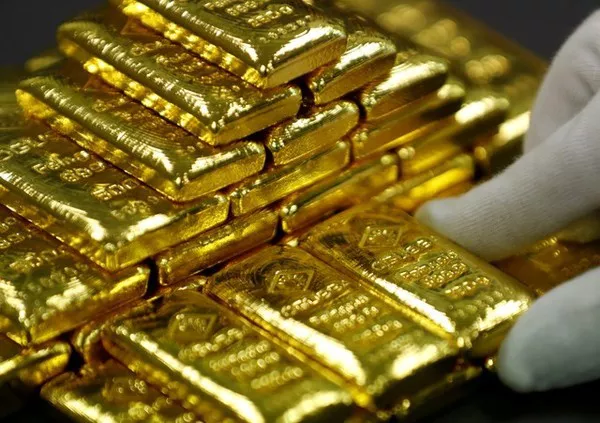Gold has been treasured for its beauty and value for centuries, and with its enduring popularity, counterfeit gold items have proliferated in the market. For those who are concerned about the authenticity of their gold, there are several methods available to test its genuineness. One of the simplest and most accessible methods involves using a magnet. In this article, we will explore how you can tell if gold is real by holding it next to a magnet, as well as the limitations of this method.
Understanding the Basics: Gold and Magnetism
Gold is a unique metal with a range of properties that set it apart from others. One of these distinctive characteristics is its lack of magnetism. In simple terms, gold is not attracted to magnets. This fundamental property stems from the fact that gold is a non-ferrous metal, meaning it does not contain iron or other magnetic elements in its composition.
Testing Gold with a Magnet
To test whether a piece of gold is real, you can perform a straightforward experiment involving a strong magnet. Here’s how you can do it:
Gather your materials: You’ll need a strong magnet and the piece of gold you want to test. Make sure the magnet is clean and free of any magnetic debris that could interfere with the test.
Hold the magnet close to the gold: Position the magnet next to the gold item and observe any interaction. If the gold is genuine, it should not be attracted to the magnet in any way. Gold’s lack of magnetic properties means it will not move or be pulled toward the magnet.
Look for any reactions: Pay close attention for any signs of attraction. If you notice the gold item being drawn toward the magnet, it is a strong indication that the gold is not real or may be alloyed with magnetic materials.
Limitations of the Magnet Test
While using a magnet to test for the authenticity of gold is a quick and simple method, it does have limitations:
False Negatives: The magnet test can give false negative results, especially if the gold item is mixed or alloyed with non-magnetic metals. Some counterfeit gold items are created using a blend of metals, including copper or nickel, which can mask the non-magnetic nature of gold.
Small Gold Items: The magnet test may not be as effective when dealing with very small or thin gold items. The force exerted by a strong magnet may not be sufficient to produce noticeable movement in delicate gold jewelry, for example.
Surface Coatings: Gold-plated or gold-filled items may also produce misleading results. The magnet may not be able to penetrate the surface layer to detect the underlying base metal.
Frequently Asked Questions (FAQs)
1. Are there other methods to test the authenticity of gold besides using a magnet?
Yes, there are several other methods to test gold’s authenticity, including the acid test, specific gravity test, and electronic gold testers. These methods offer more comprehensive results but may require specialized equipment or expertise.
2. Can counterfeit gold items be convincingly made to pass the magnet test?
Yes, counterfeiters can create gold-plated items or alloys that mimic the appearance of real gold but may still pass the magnet test. For a more accurate assessment, additional testing methods should be employed.
3. What should I do if I suspect that my gold is not genuine?
If you have doubts about the authenticity of your gold, it’s advisable to seek the expertise of a professional jeweler or a certified appraiser. They can perform a range of tests to accurately determine whether your gold is real and provide an assessment of its value.

